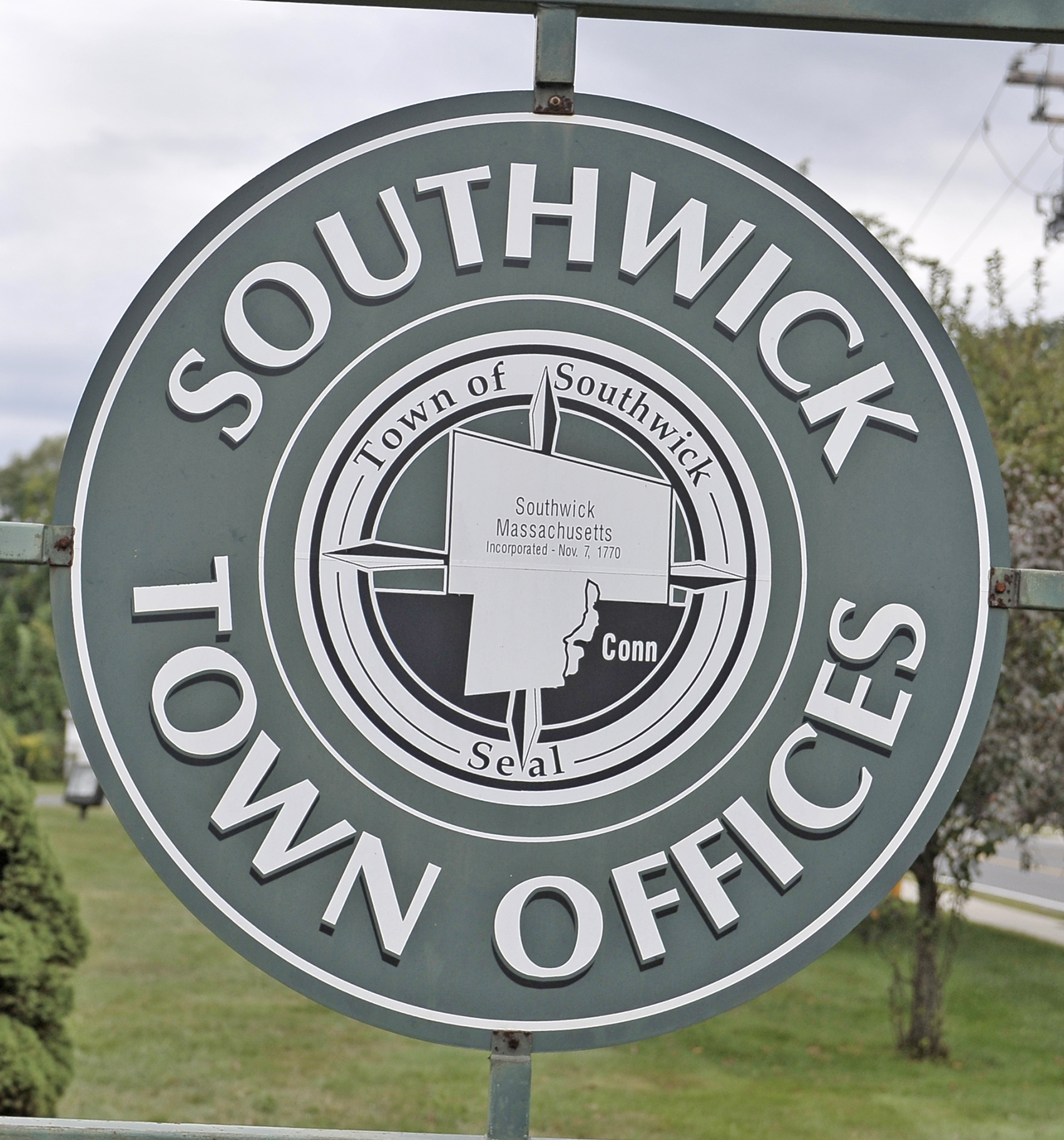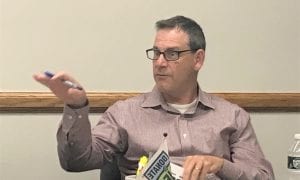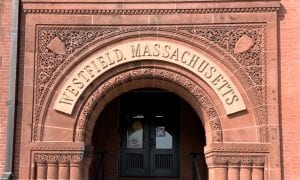WESTFIELD – The Conservation Commission is one of many city boards making decisions which impact the quality of life of city residents. The commission is an extension, by state law, of the Department of Environmental Protection, with the mission of working with that state agency to protect the environment within the city limits.
Many of the projects brought before the board, such as building construction, subdivision roads, and septic system installations, are presented by professional environmental consultants familiar with the both state and federal environmental laws and the unique language associated with those laws. Residents called before the commission, typically for a violation of one of those laws, may have difficulty understanding the technical aspects of the issue being addresses.
Last night, the Conservation Commission discussed an opportunity to inform local residents about environmental laws and their environmental impact, through programming on the city’s public access channel.
The board, through Conservation Coordinator Karen Leigh, contacted Mark St. Jean of Westfield State University, who is the coordinator of video production and television operations information technology, to discuss public outreach and education.
“I would love to have the Conservation Commission on Channel 15,” St. Jean said. “We could do things on location or at the Westfield State University studio, discussion of issues, topic focused program.”
“The beauty of public access is that we accept any type of programming. The more information residents get about what any board is doing is helpful,” he said, adding that programming could be used “to highlight some of the projects that you have been involved with.”
Westfield has a unique public access system because of the relationship with WSU. Most communities have a public access television department, but Westfield chose to enter into a contract with WSU to provide services that include the live broadcast of the City Council, School Committee and Planning Board meetings, with repeat broadcasts, including streaming access, of those sessions.
“I would like to see programming that talks about what all of the city’s committees do,” St. Jean said, following his discussion with the conservation board. “People don’t realize what kinds of things go on in the city side of government. This would be an opportunity to bring awareness to what the commissions do.”
Conservation Commissioner James R. Murphy said cable programming could be a vehicle to show the “cradle to grave” of a project’s review process.
“The Department of Transportation J-hook project would be a topic of interest to many people,” Murphy said.
The Conservation Commission recently completed its review of that project to stabilize the banks of Little River at the DOT facility off Mainline Drive and near the confluence with the Westfield River. Little River makes a sharp turn northward toward the Westfield River at the rear of the DOT maintenance facility and had washed away tons of soil.
The DOT initially presented a typical river bank stabilization project, planning to use large rocks to reinforce the bank, but then decided to revise that project and use a structure know as a J-hook, which channels the current toward the middle of the river and way from the banks.
The benefit of that technology, common in the southern and mid-Atlantic states, is that not only does it provide protection against bank erosion, it also creates fishery habitats. The DOT Mainline Drive project was only the second J-hook project in the state, presenting the Conservation Commission with a challenge to review the DOT data and determine if it would be a better resolution to the erosion problem.
Commissioner George Martin said the cable programming would offer the board an opportunity to show city residents the purpose of the commission.
“Most people don’t know that a Conservation Commission is here for,” Martin said.
Commission Dr. Donald Nicoletti agreed that the cable channel could be an educational tool for the commission.
“Showing the public what a wetland is, what the 100-foot bordering vegetated wetland is, showing what the Wetlands Protection Act is all about, and to show these out in the field,” he said.
St. Jean said that the summer recess presents that opportunity to achieve those goals.
“During the summer we could do special programming with a group like yours to show viewers what it is that you do,” he said.
St. Jean said that many communities have a “PEG” requirement in the contract with their cable television service provider. Under that PEG clause, the service company provides three local access channels, one for public access, a second for educational programming and a third for governmental programs.
“We need another channel for government, for the replays of the Planning Board, School Committee and City Council meeting,” he said. “We could post agendas, a separate bulletin board for city-related events and announcements.”






